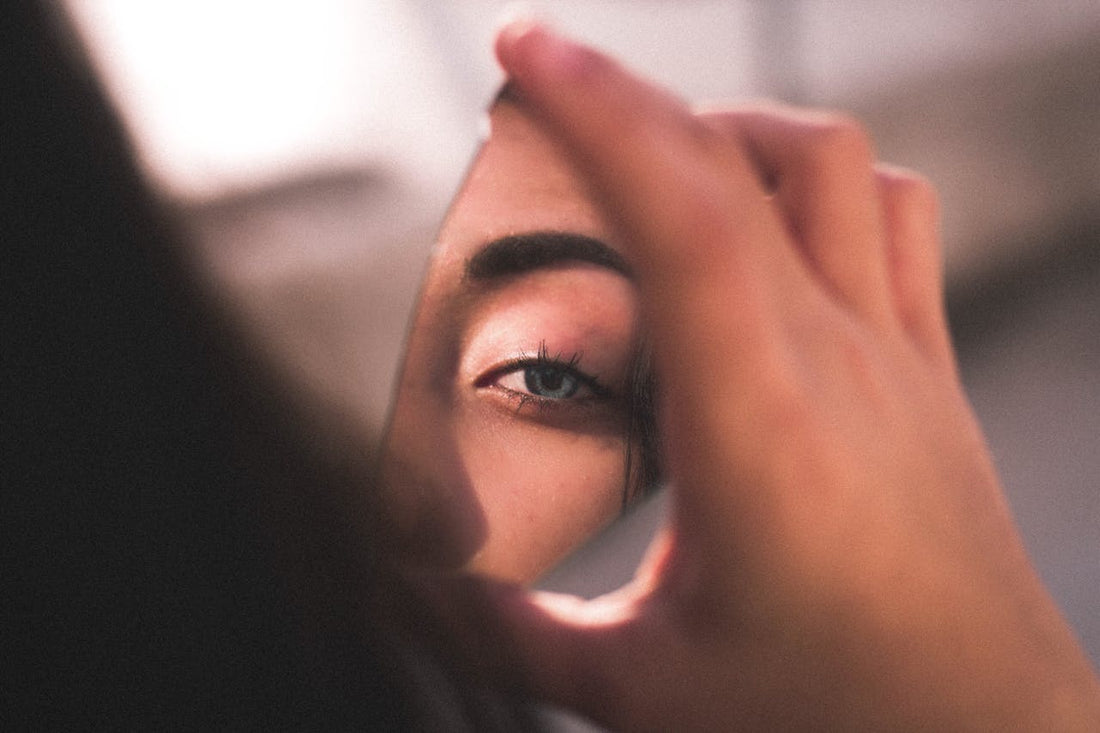
Why Does Tretinoin Cause Peeling?
Share
Tretinoin causes peeling as it accelerates cell turnover, leading to the shedding of dead skin cells and revealing fresh skin underneath. This process helps improve skin texture and treat acne, but can result in temporary dryness and flaking.
Tretinoin is a powerful skincare ingredient hailed for its remarkable ability to combat acne, reduce signs of aging, and improve overall skin texture. While its benefits are undeniable, many users experience an initial period of peeling and dryness when they first incorporate tretinoin into their skincare routines. This reaction can be alarming, but it is a natural part of the process and an indication that it is working effectively. Let’s explore why tretinoin causes peeling, how to manage it, and what you can do to achieve optimal results.
Understanding What Tretinoin Is
Tretinoin belongs to the retinoid class and is a derivative of vitamin A.. It works by accelerating the skin’s natural cell turnover process, encouraging old, damaged skin cells to shed and be replaced by fresh, healthier ones. This process makes tretinoin a go-to treatment for acne, hyperpigmentation, and fine lines. However, this rapid renewal process can initially disrupt the skin’s balance, leading to peeling and dryness.
The Science Behind Tretinoin Peeling
When you apply tretinoin, it penetrates the skin’s surface and stimulates the production of new cells. This heightened cell turnover causes the outermost layer of skin—comprised of dead cells—to slough off at a faster rate. As a result, your skin may appear flaky or peel in the early stages of tretinoin use. This is often referred to as the “purging phase,” a temporary period during which the skin adjusts to the powerful effects of the medication.
Peeling is also exacerbated by the fact that tretinoin can initially compromise the skin’s natural barrier, reducing its ability to retain moisture. This dryness can intensify flakiness and irritation, especially in sensitive skin types or if tretinoin is used too frequently in the beginning.
How Long Does Peeling Last?
For most users, peeling and dryness are temporary side effects that subside as the skin builds tolerance to tretinoin. Typically, this adjustment period lasts between two to six weeks. However, the duration and intensity of peeling can vary based on factors such as:
- Skin type and sensitivity
- Strength of the tretinoin formula (e.g., 0.025%, 0.05%, or 0.1%)
- Frequency of application
- Proper use of complementary skincare products
If peeling persists beyond six weeks or becomes severe, it’s essential to consult a dermatologist to ensure that tretinoin is suitable for your skin.
Tips to Manage Peeling and Irritation
- Start Slowly: Introduce tretinoin gradually to allow your skin time to adapt. Begin with a low concentration and apply it every other night or every third night.
- Moisturize Generously: A good moisturizer helps restore the skin’s barrier and minimizes dryness. Look for products with soothing ingredients like hyaluronic acid, ceramides, or glycerin.
- Apply Tretinoin Correctly: Always apply a pea-sized amount of tretinoin to clean, dry skin. Avoid using it on damp skin, as this can increase absorption and irritation.
- Avoid Over-Exfoliation: Resist the urge to use physical or chemical exfoliants during the adjustment period. These can worsen irritation and compromise the skin’s healing process.
- Use Sunscreen Daily: Tretinoin makes your skin more sensitive to UV rays, which can worsen peeling and lead to sunburn.
- Incorporate Hydrating Ingredients: Pair tretinoin with non-irritating hydrating products like niacinamide or aloe vera to calm the skin and reduce redness.
Myths About Tretinoin Peeling
Myth 1: Peeling Means Tretinoin Is Not Suitable for You
Fact: Peeling is a common side effect during the initial phase of tretinoin use and does not necessarily mean your skin is rejecting the product. It’s a sign that your skin is adapting to increased cell turnover.
Myth 2: Peeling Will Continue Indefinitely
Fact: Peeling usually subsides after a few weeks as your skin builds tolerance to tretinoin. With consistent use and proper care, your skin will adjust, and the benefits will become more apparent.
Myth 3: More Tretinoin Will Speed Up Results
Fact: Overusing tretinoin can cause excessive peeling, irritation, and even damage the skin’s barrier. Stick to the recommended amount and application frequency for best results.
FAQs About Tretinoin and Peeling
1. Can I stop peeling completely while using tretinoin?
While you can minimize peeling with proper skincare, a small amount of flakiness is normal during the adjustment phase. Over time, as your skin adapts, peeling will naturally reduce.
2. Should I stop using tretinoin if my skin is peeling?
Peeling is a common and temporary side effect. Instead of stopping tretinoin, adjust your routine by moisturizing more frequently, reducing application frequency, or using a lower concentration. If irritation becomes severe, consult a dermatologist.
3. Is peeling the same as purging?
No. Peeling refers to the shedding of dead skin cells due to increased cell turnover, while purging occurs when underlying clogged pores come to the surface. Both are temporary side effects of tretinoin.
4. Can I use makeup to cover peeling skin?
Yes, but choose lightweight, non-comedogenic makeup products. Avoid heavy foundations or powders that can highlight flakiness. Always moisturize and apply sunscreen before makeup.
5. Will peeling return if I stop and restart tretinoin?
If you take a long break from tretinoin and restart, your skin may go through another adjustment period, which can include peeling. To minimize this, reintroduce tretinoin gradually.
Embracing the Process
Peeling caused by tretinoin can be inconvenient, but it’s an important part of the journey to healthier, smoother skin. By understanding the science behind peeling and taking steps to support your skin’s adjustment, you can minimize discomfort and maximize the benefits of this transformative treatment. When using tretinoin to achieve beautiful, glowing skin, keep in mind that consistency and patience are essential.
